| Home. Contact. |
| See: Global Marijuana March. ~600 different cities since 1999. First Saturday in May. City lists: 1999 2000 1. 2. 3. 4. 5. 6. 7. 8. 9. 2010. 11 ...Search them. Add city name to search. |
| With less than 5% of world population the USA has over 2.4 million of 9.8 million world prisoners! The majority of U.S. inmates are in due to the drug war. |
| Most Republican leaders oppose cheap universal healthcare. 45,000 uninsured Americans die each year due to lack of health insurance. |
| Relative impairment due to cannabis, alcohol, drugs, fatigue, cell phones, illness, stress, overwork, etc.. Driving and workplace impairment. Drug testing versus impairment testing. | |
| Mirrors 1. 2. | Change mirror pages if problems. |
*Intro. THC blood tests for driving impairment. *Impairment testing versus drug testing. *Canada and impaired driving. *Driving and cannabis use. Studies, links. *Ignition interlock systems. *Drug War charts, and more. |
 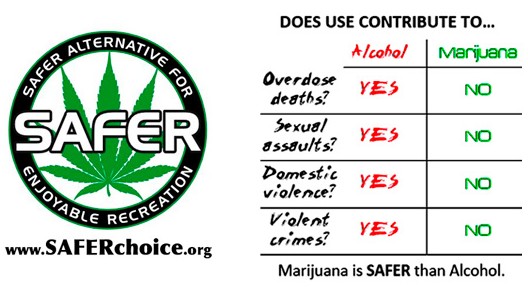 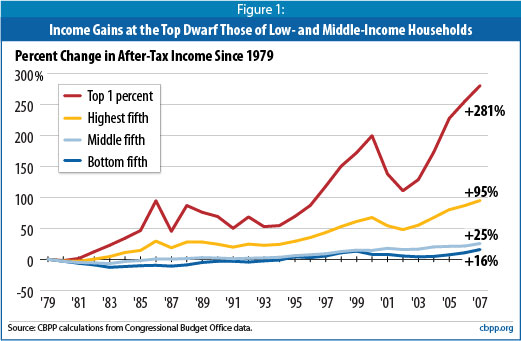 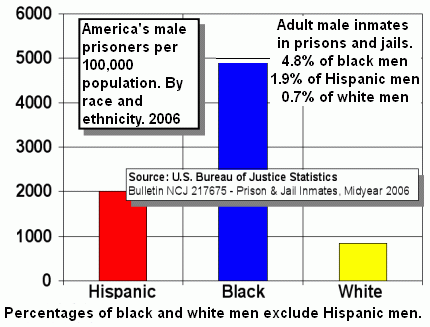  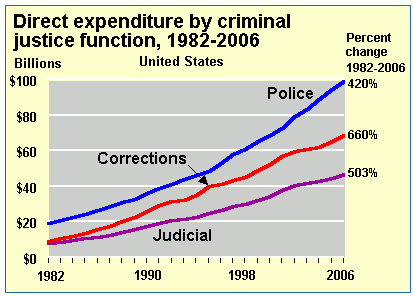 |
Introduction. [TopLink] |
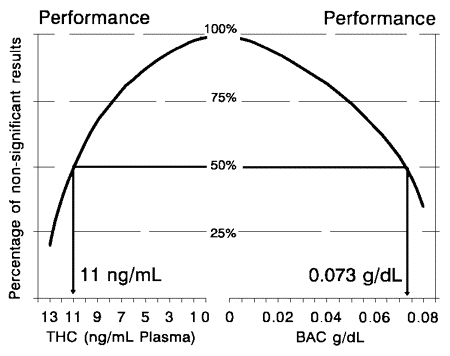
 People make a common error, and that is to extrapolate
from one's own experience and to assume everyone else is effected
in the same way by cannabis, alcohol, or other drugs.
People make a common error, and that is to extrapolate
from one's own experience and to assume everyone else is effected
in the same way by cannabis, alcohol, or other drugs. Impairment testing versus drug testing. [TopLink] |
Canada and impaired driving. [TopLink] |
Quote:So far, so good. "Standardized field sobriety tests" include some of the ones listed before: Feet together, head tilted back, eyes closed, arms out, touch nose. Stand on one leg and repeat all the above. And other similar tests.
The process outlined in the consultation document consists of several stages. The first stage is triggered when police suspect someone of driving while impaired, typically as a result of poor or erratic driving. Police then observe the driver and ask questions, in an attempt to determine impairment. Standardized field sobriety tests are performed and the driver is required to take a breath test. This breath test either indicates alcohol is present, or rules alcohol out as the cause of any potential impairment.
Driving and cannabis use. [TopLink] |
Ignition interlock systems. [TopLink] |
Drug War charts, and more. [TopLink] |